We may earn money or products from the companies mentioned in this post. This means if you click on the link and purchase the item, I will receive a small commission at no extra cost to you … you’re just helping re-supply our family’s travel fund.
To stand on the steps of the Lincoln Memorial or wander through the halls of the Smithsonian is to feel the immense weight and wonder of American history. Washington, D.C. is more than just a city; it is a living museum, a vibrant stage where the nation’s story continues to unfold. But with so much to see and do, a visit can feel overwhelming. With a little insider knowledge, you can navigate the capital with ease, creating a journey that is as seamless as it is unforgettable.
1. Book High-Demand Tours Well in Advance
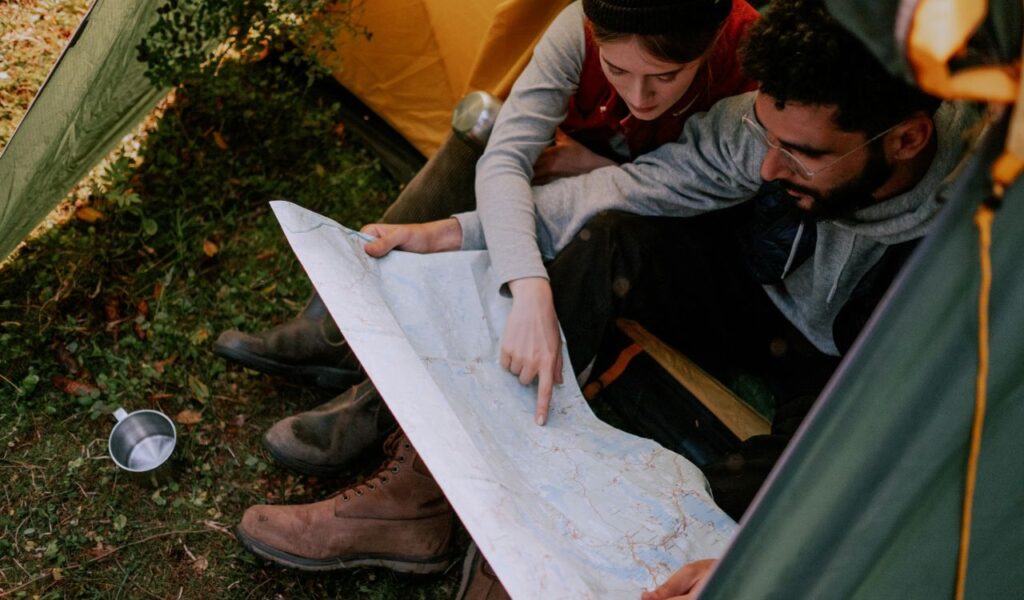
Tours of iconic sites like the White House and the U.S. Capitol are free, but they require significant advance planning. You must request these tours through the office of your congressional representative, often up to three months ahead of your visit via a form on their official website. For the best chance of securing a spot, submit your request as early as possible. These are some of the most sought-after tickets in the city, and availability is extremely limited, so do not leave it to the last minute.
2. Most Smithsonian Museums Are Free
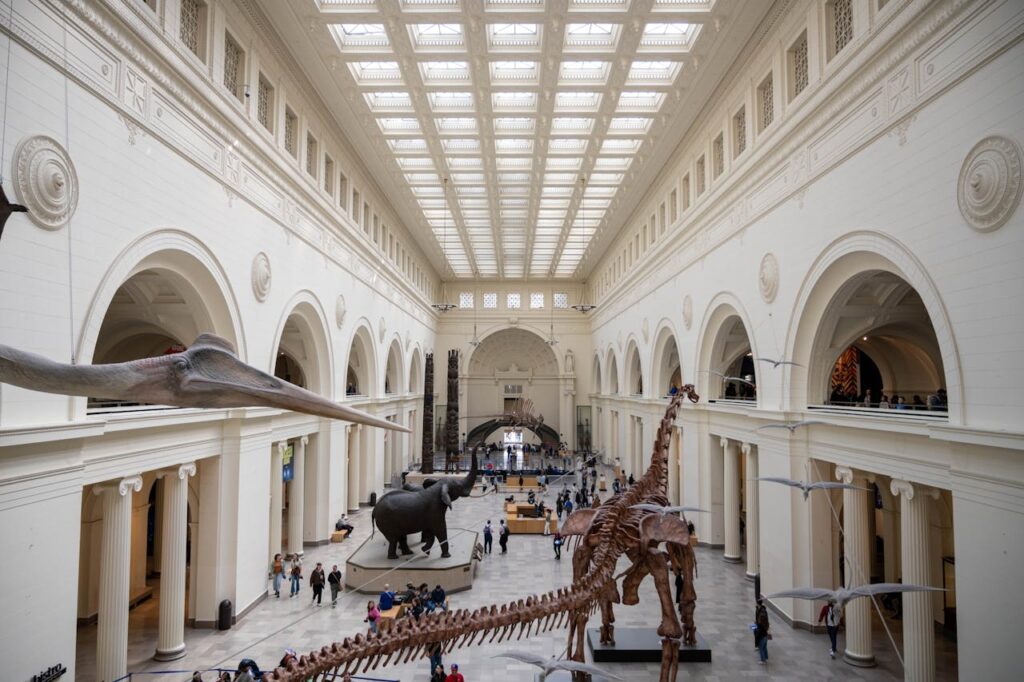
One of the greatest gifts the city offers is free admission to the entire Smithsonian Institution network of museums. This includes world-class destinations like the National Air and Space Museum, the National Museum of Natural History, and the National Museum of American History. You can spend days exploring these incredible collections without spending a dime on admission. This access makes D.C. one of the most culturally rich and surprisingly budget-friendly destinations in the country.
3. The National Mall Is Bigger Than It Looks
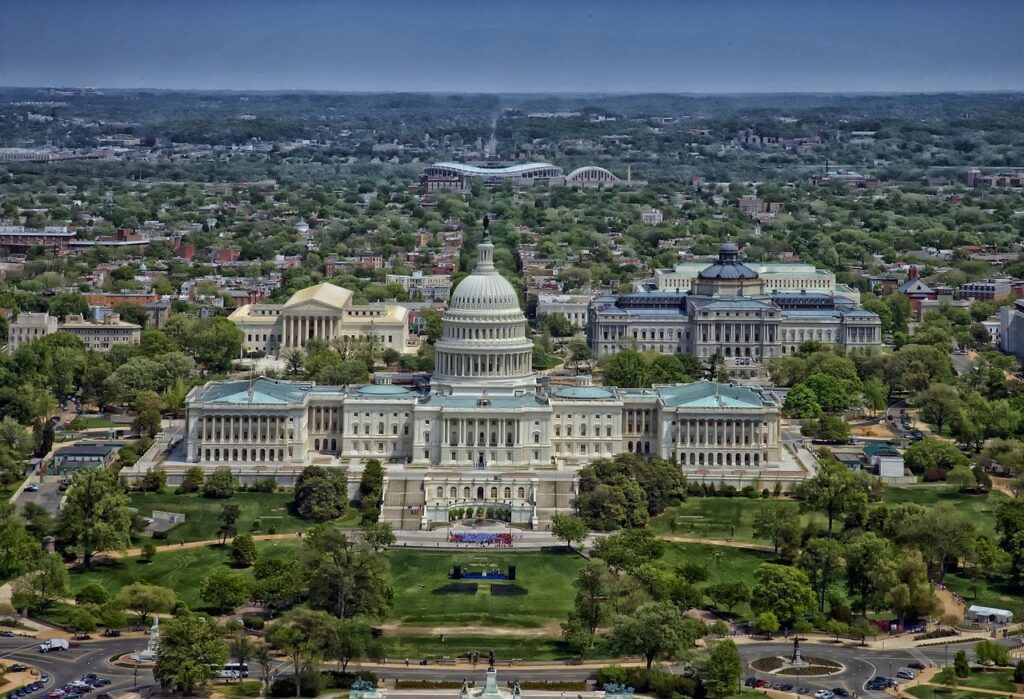
The distance from the Capitol Building to the Lincoln Memorial is over two miles, a much longer walk than it appears on a map. Underestimate this, and you will end up with very tired feet. Plan your days by grouping attractions in the same area to minimize backtracking. Consider using the DC Circulator’s National Mall bus route. It is an easy and affordable way to hop between the major monuments and museums without exhausting yourself before you even get inside.
4. Master the Metro System
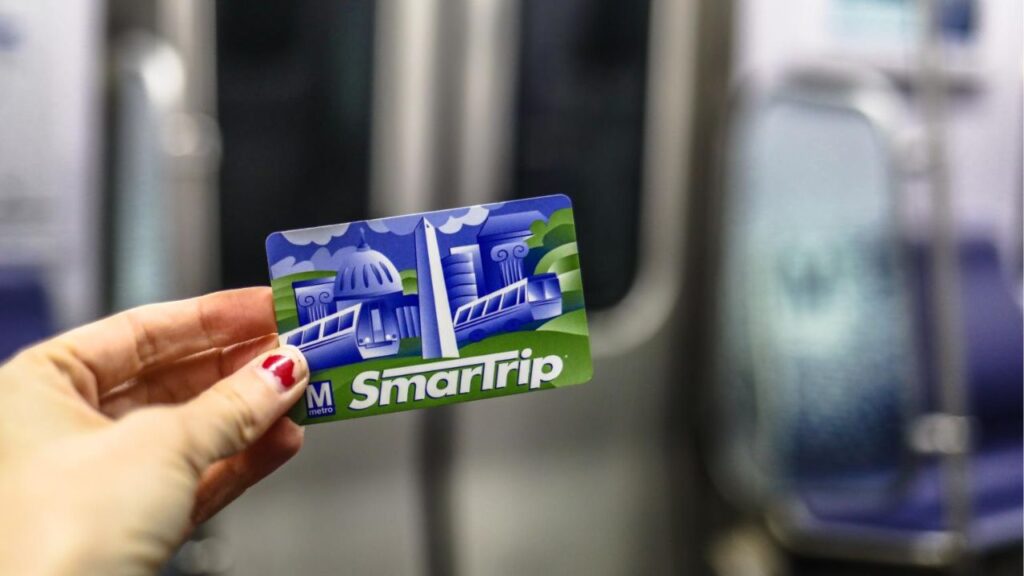
The Washington Metro is a clean, efficient, and often the best way to get around the city, especially to neighborhoods outside the central tourist core. Purchase a SmarTrip card to easily tap in and out of the system. Fares vary by time of day and distance traveled, with weekday peak hours being more expensive. Familiarize yourself with the color-coded lines on the WMATA website to plan your route in advance and save both time and money.
5. See the Monuments at Night
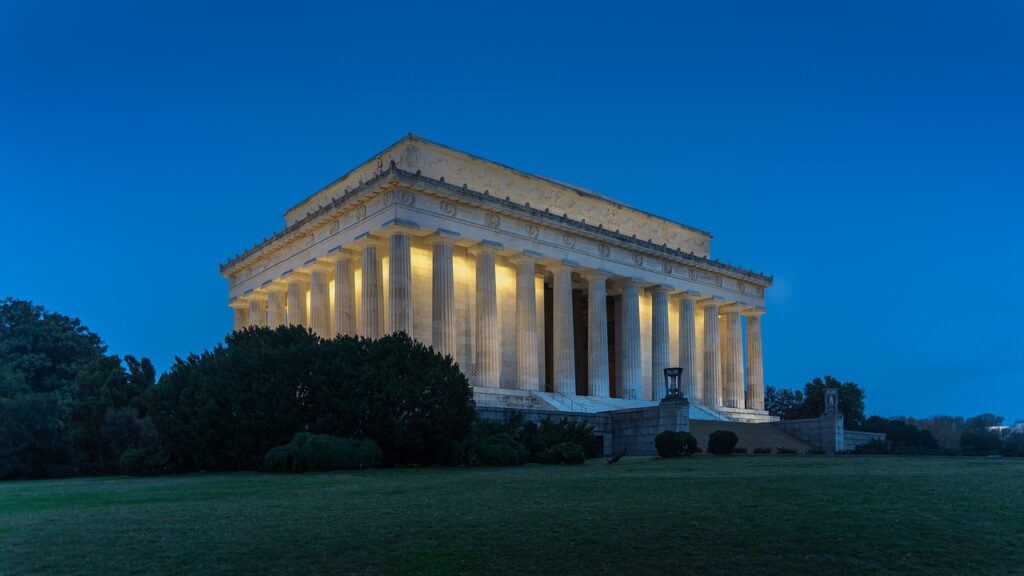
The memorials on the National Mall take on a completely different character after sunset. Beautifully illuminated against the night sky, they are often less crowded and feel more serene and contemplative than during the day. Seeing the Lincoln Memorial or the World War II Memorial lit up is a powerful and moving experience that feels almost private. A nighttime stroll or a guided trolley tour of the monuments is a truly magical way to end your day in the capital.
6. Get Timed-Entry Passes for Popular Museums
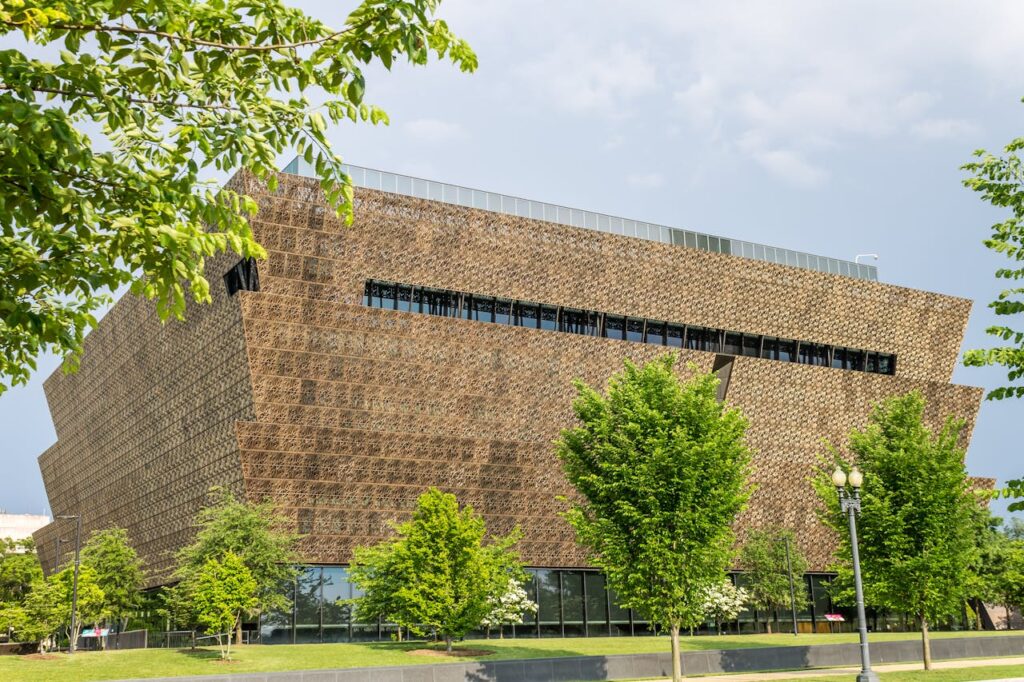
While most Smithsonian museums do not require tickets, a few of the most popular ones do, even though they are free. To visit the National Museum of African American History and Culture and the National Air and Space Museum, you will need to reserve a free, timed-entry pass online in advance. These passes help manage crowds and ensure a better viewing experience for everyone. Always check the museum websites for the latest ticketing policies before your visit.
7. Wear Your Most Comfortable Shoes
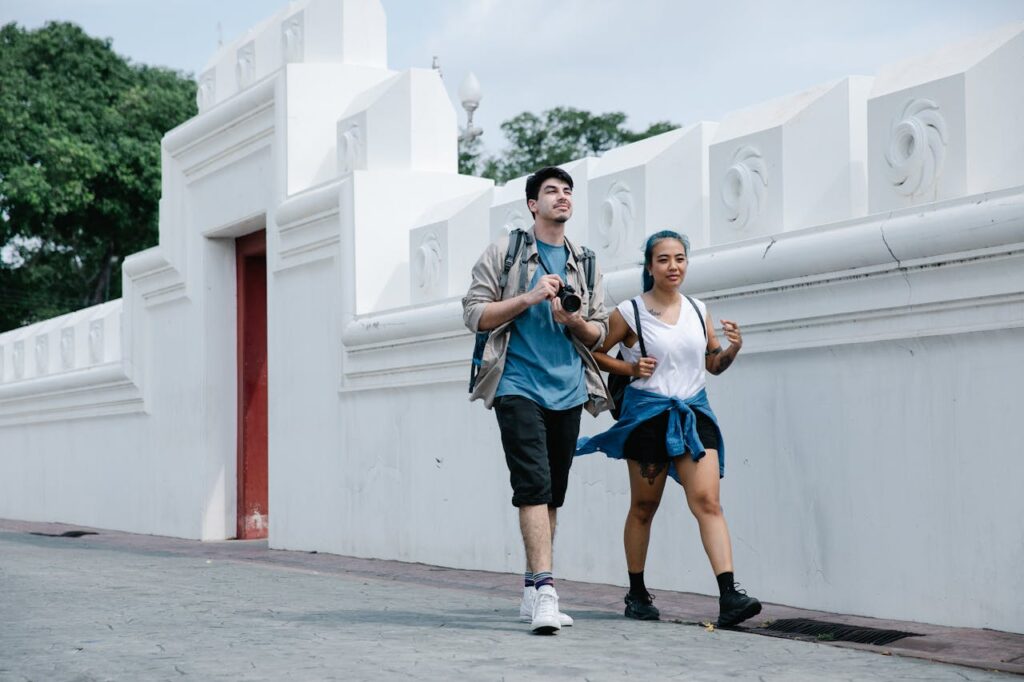
This cannot be overstated: you will walk for miles every single day in Washington, D.C. From the vast museum halls to the sprawling National Mall, your feet will be put to the test. Prioritize comfort above all else when it comes to footwear. Aching feet or blisters can easily ruin a day of sightseeing and derail your entire itinerary. Pack your most trusted and supportive walking shoes. Your future self will thank you for it.
8. Don’t Drive Downtown
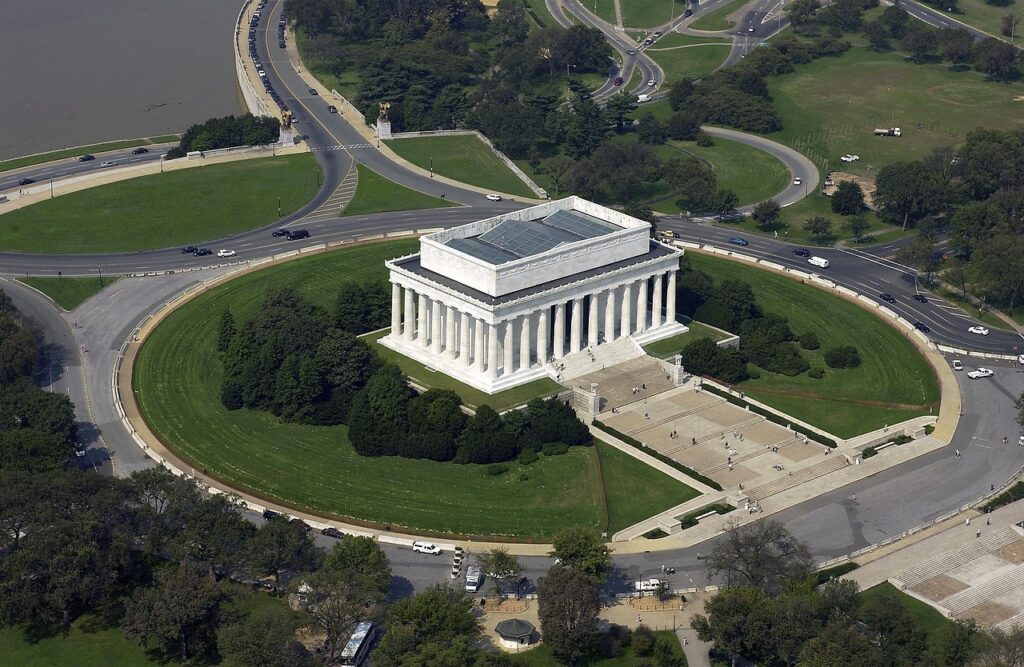
Navigating D.C.’s streets, with their confusing traffic circles and one-way systems, can be a serious challenge for visitors. Parking is also extremely scarce and very expensive. Unless you have a specific need for a car, it is best to leave it at your hotel or use a Park & Ride lot at a suburban Metro station. The city is very walkable, and its public transportation system is designed to get you to all the major sights with relative ease.
9. Venture Beyond the National Mall
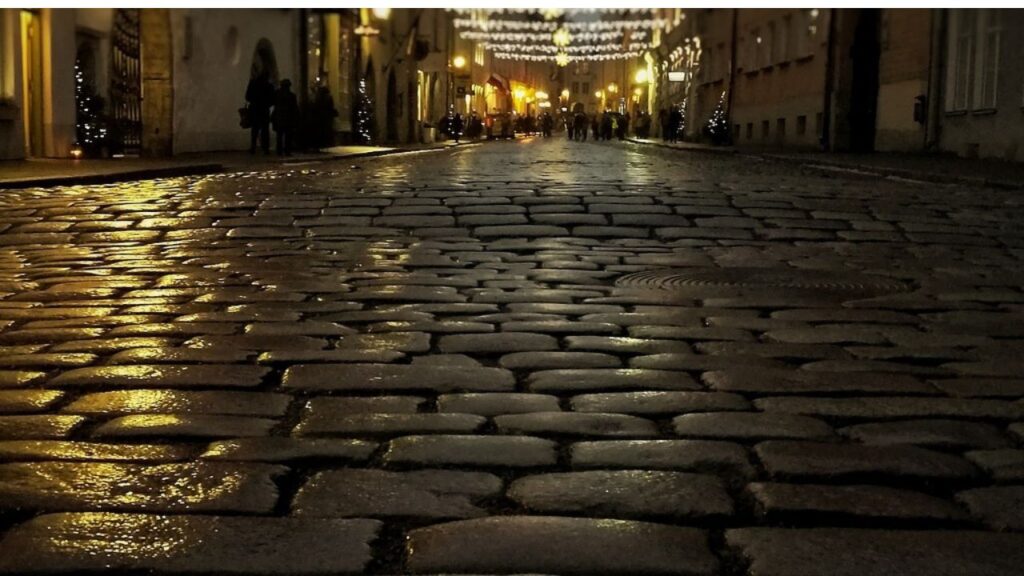
The heart of D.C. is the National Mall, but the city’s soul lives in its vibrant neighborhoods. Explore the historic charm and chic boutiques of Georgetown, enjoy the incredible culinary scene on 14th Street, or wander through the colorful streets of the U Street corridor, once known as “Black Broadway.” Stepping off the beaten path will give you a richer, more authentic sense of the city’s dynamic local culture and will be a highlight of your trip.
10. The Best Views Are Often Free
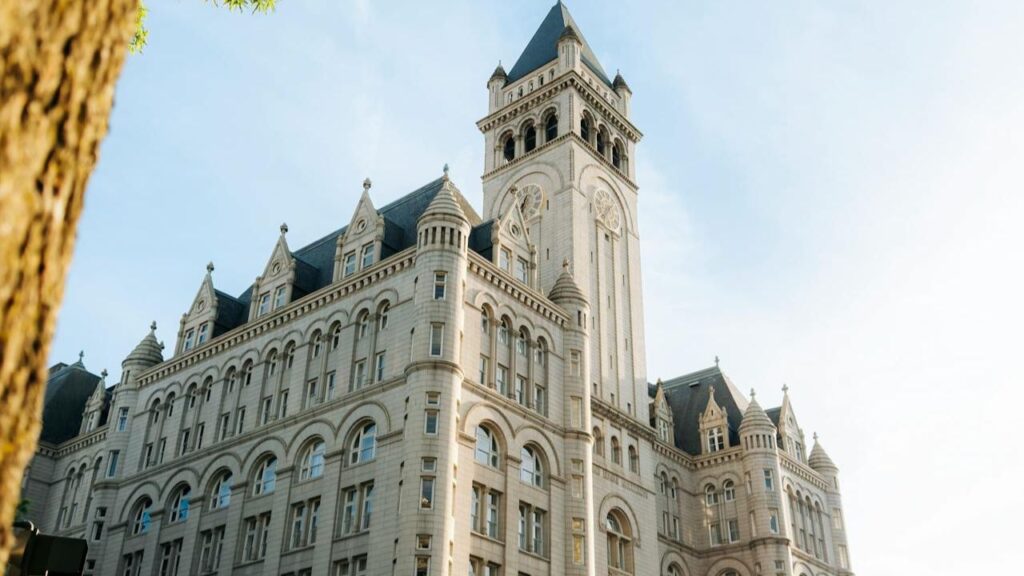
You do not need to pay for an expensive observation deck to get a great view of the city. The top of the Old Post Office Tower, which is accessible through the Waldorf Astoria hotel but managed separately by the National Park Service, offers stunning 360-degree views and is free to visit. Another fantastic vantage point is from the terrace of the Kennedy Center. It provides beautiful, sweeping views over the Potomac River and the city skyline, especially at sunset.
11. Pack for All Seasons in One Day
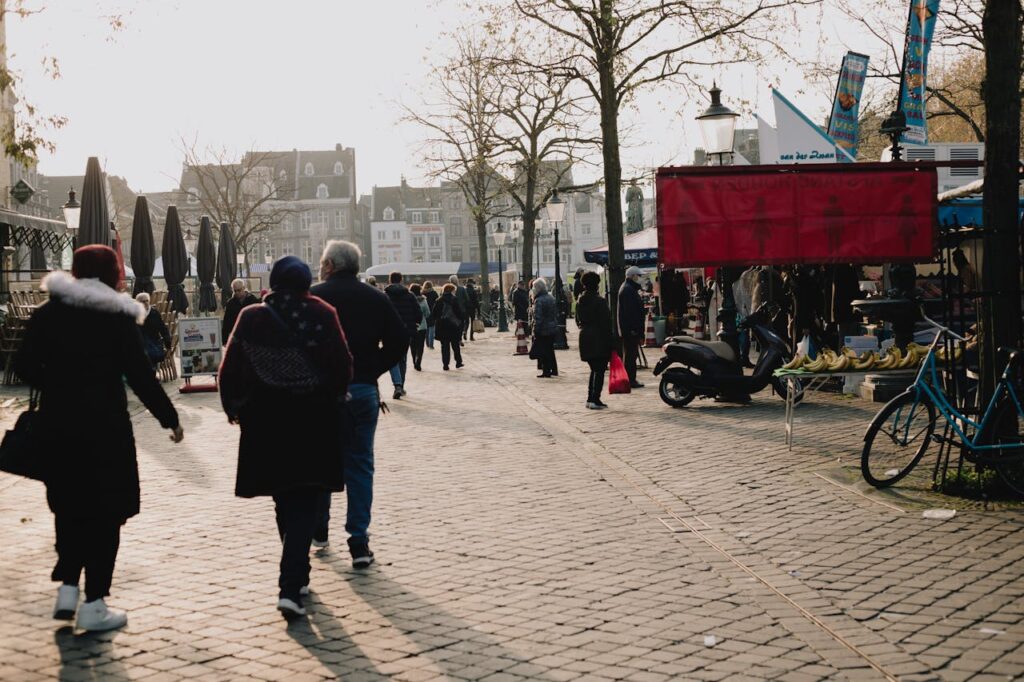
Washington’s weather can be notoriously unpredictable, especially in the spring and fall. A sunny, warm morning can quickly turn into a chilly, rainy afternoon. The best strategy is to dress in layers that you can easily add or remove. A light jacket or sweater that you can easily take off and carry with you is essential. An umbrella is also a wise addition to your daypack, no matter what the forecast says.
12. Take Advantage of the Water Taxis
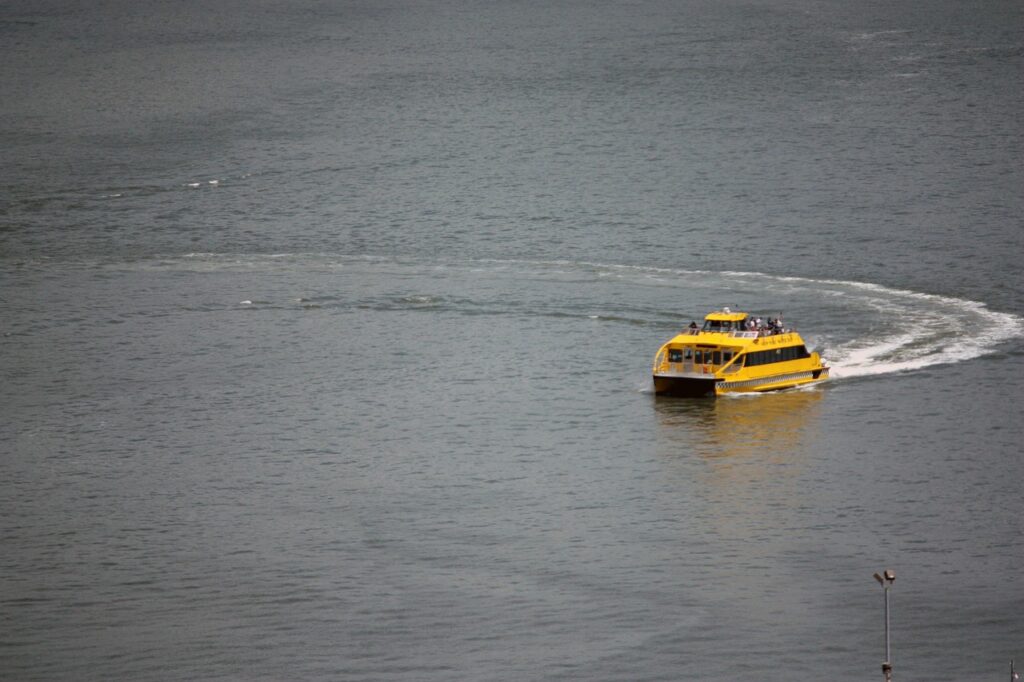
For a scenic and enjoyable way to travel between some of the city’s key waterfront destinations, consider the Potomac Water Taxi. It connects The Wharf in D.C. with Georgetown, Old Town Alexandria in Virginia, and National Harbor in Maryland. It is a fun alternative to sitting in traffic, offering beautiful views of the monuments from the water and a refreshing breeze on a warm day. It can turn simple transportation into a memorable part of your sightseeing experience.
13. Check the Event and Festival Calendar
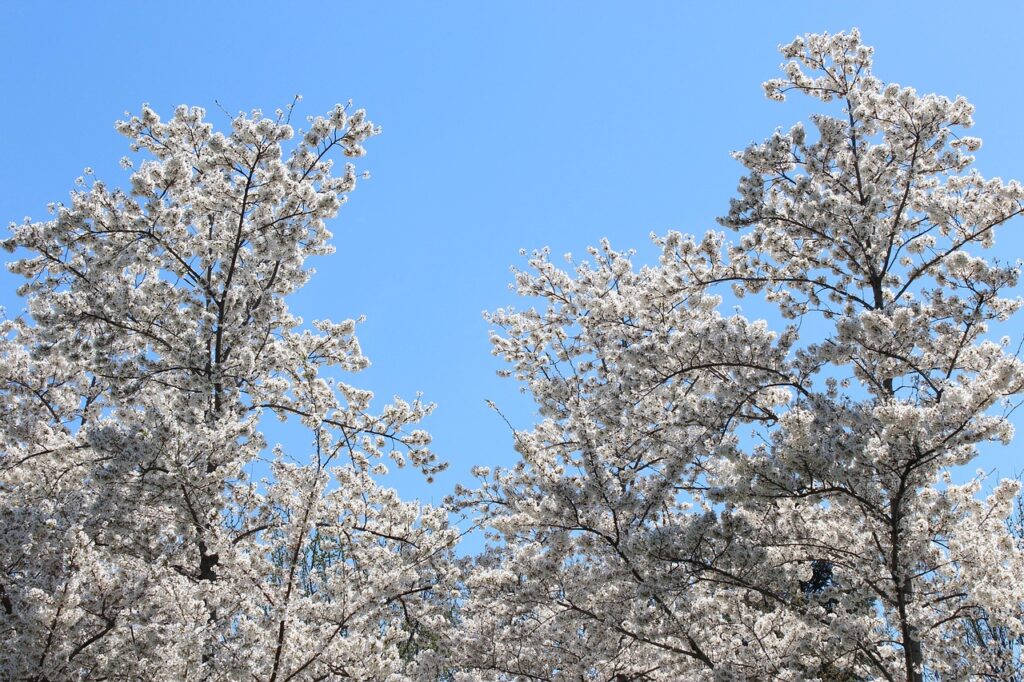
D.C. is a city of constant activity, hosting numerous festivals, protests, and major events throughout the year. Be sure to check the city’s event calendar before your trip. A large event can mean significant road closures, crowded public transit, and booked-up hotels. On the other hand, timing your visit with an event like the National Cherry Blossom Festival in late March or early April can add a beautiful and memorable layer to your experience.
14. Eat at the Food Trucks
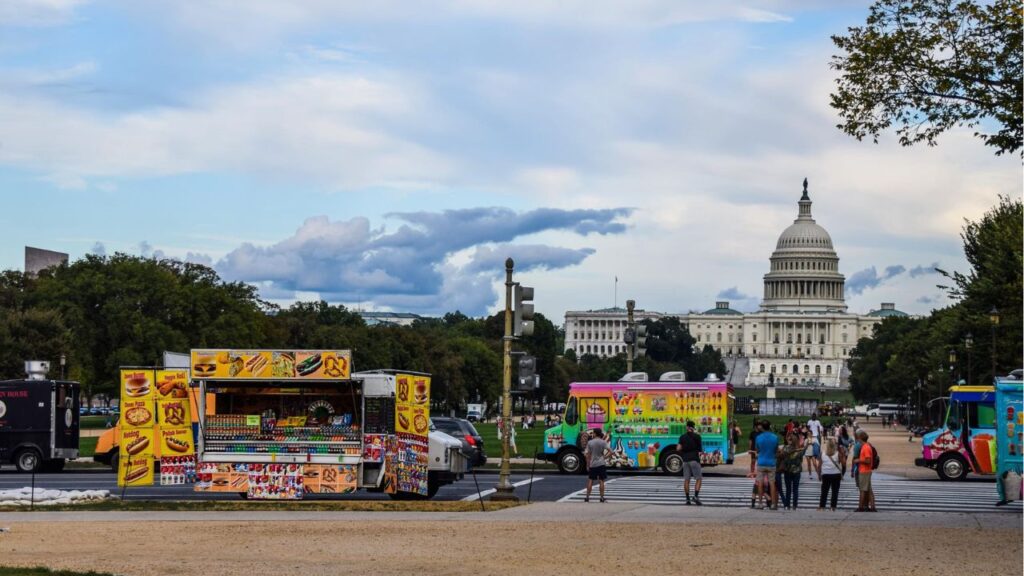
When you are exploring the National Mall, finding a quick and affordable lunch can be a challenge, as the museum cafes are often crowded and expensive. The food trucks that line the streets near the major museums are a fantastic option. You will find a diverse array of cuisines, from classic hot dogs and pretzels to flavorful tacos and falafel. It is a convenient and delicious way to refuel without having to venture far from the sights.
15. Security Is a Part of the Experience
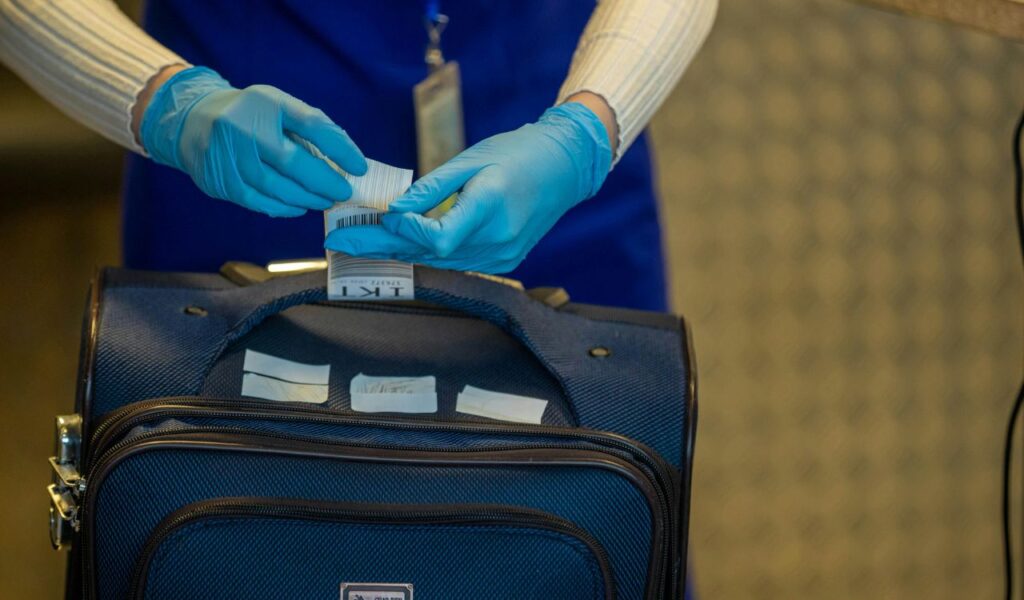
Remember that you are in the nation’s capital, a hub of federal government activity. You will encounter security screenings at every museum, government building, and major attraction. To make the process smoother, pack light for your day of sightseeing and be prepared to have your bags checked. Being patient and cooperative with the friendly security personnel is simply part of the D.C. experience. Plan a few extra minutes for it at each stop.
Other Blog Posts You Might Enjoy
www.idyllicpursuit.com (Article Sourced Website)
#MustKnow #Sightseeing #Tips #Washington #Idyllic #Pursuit
